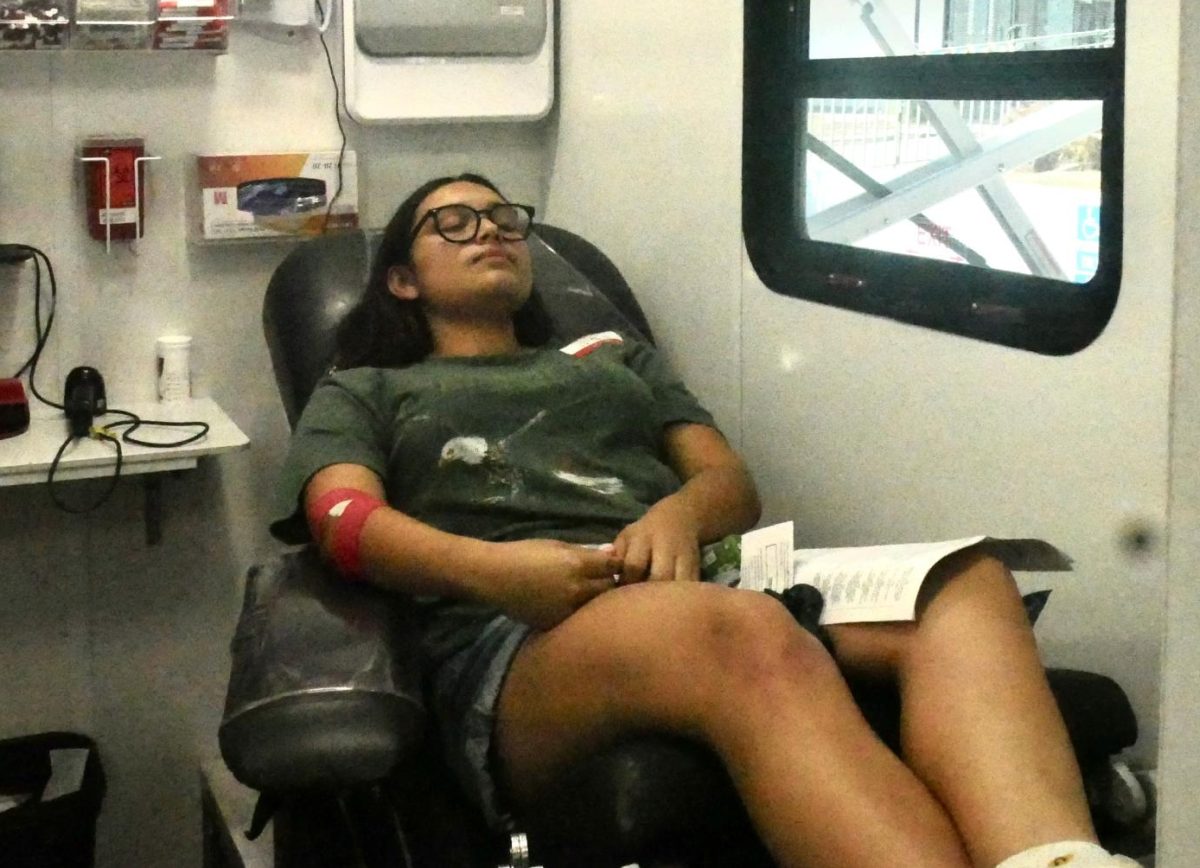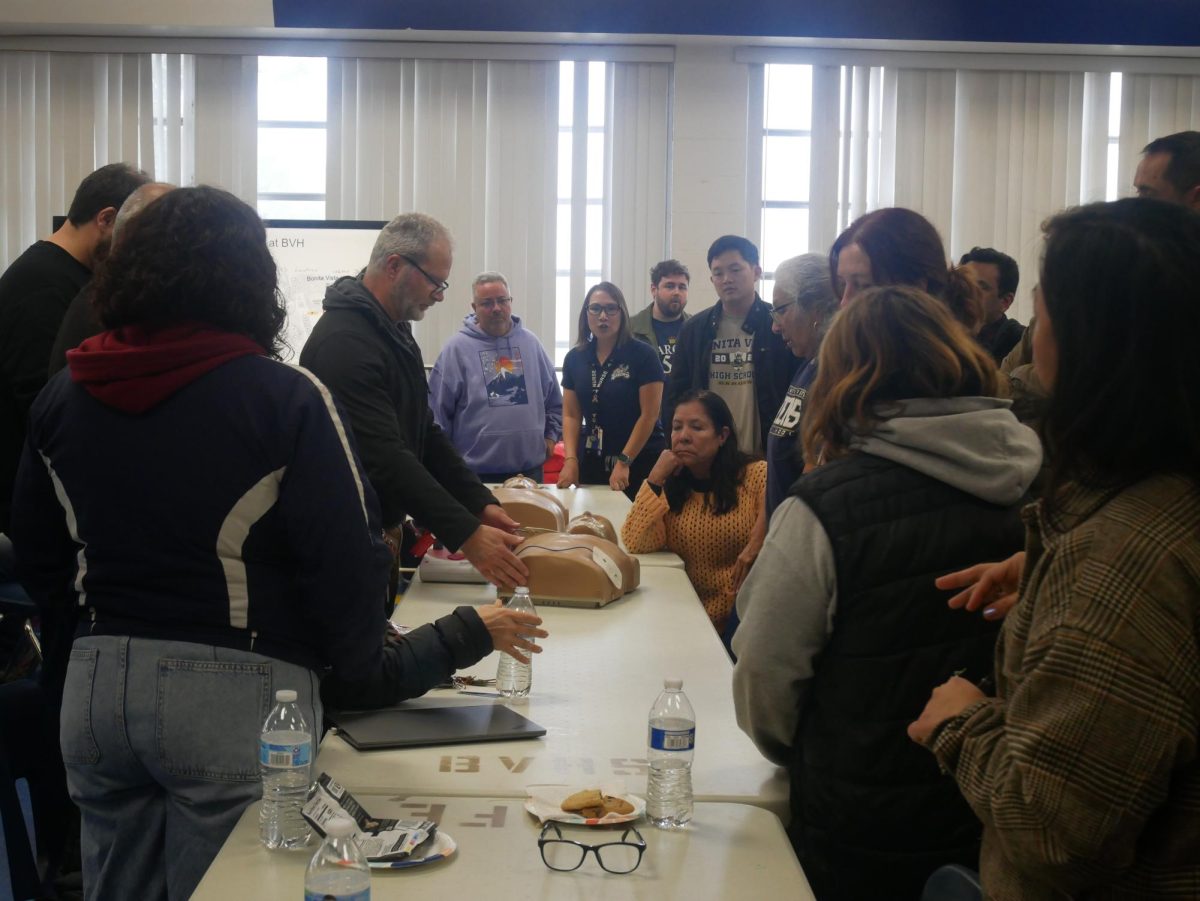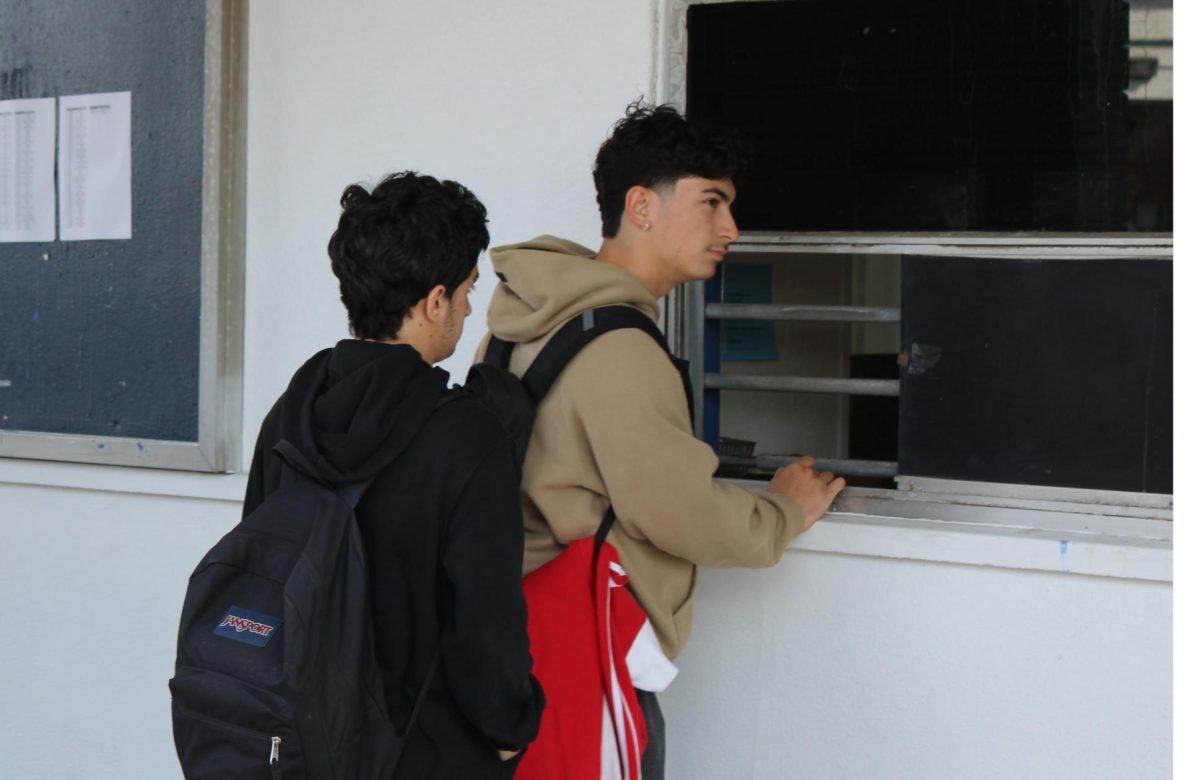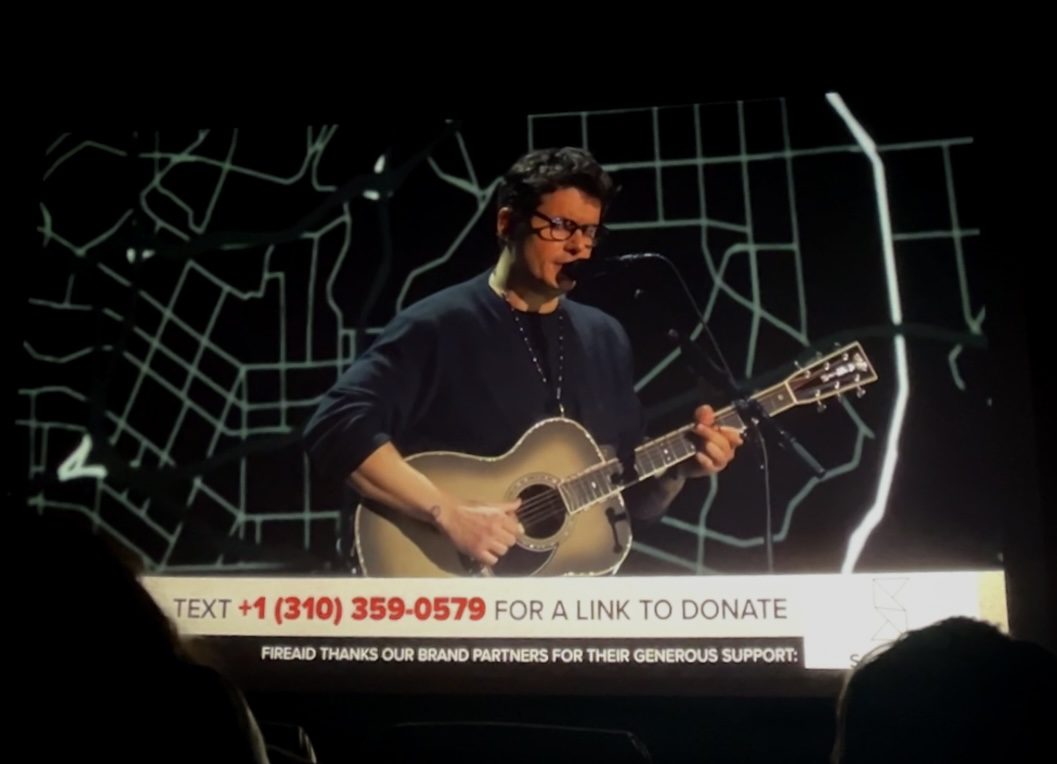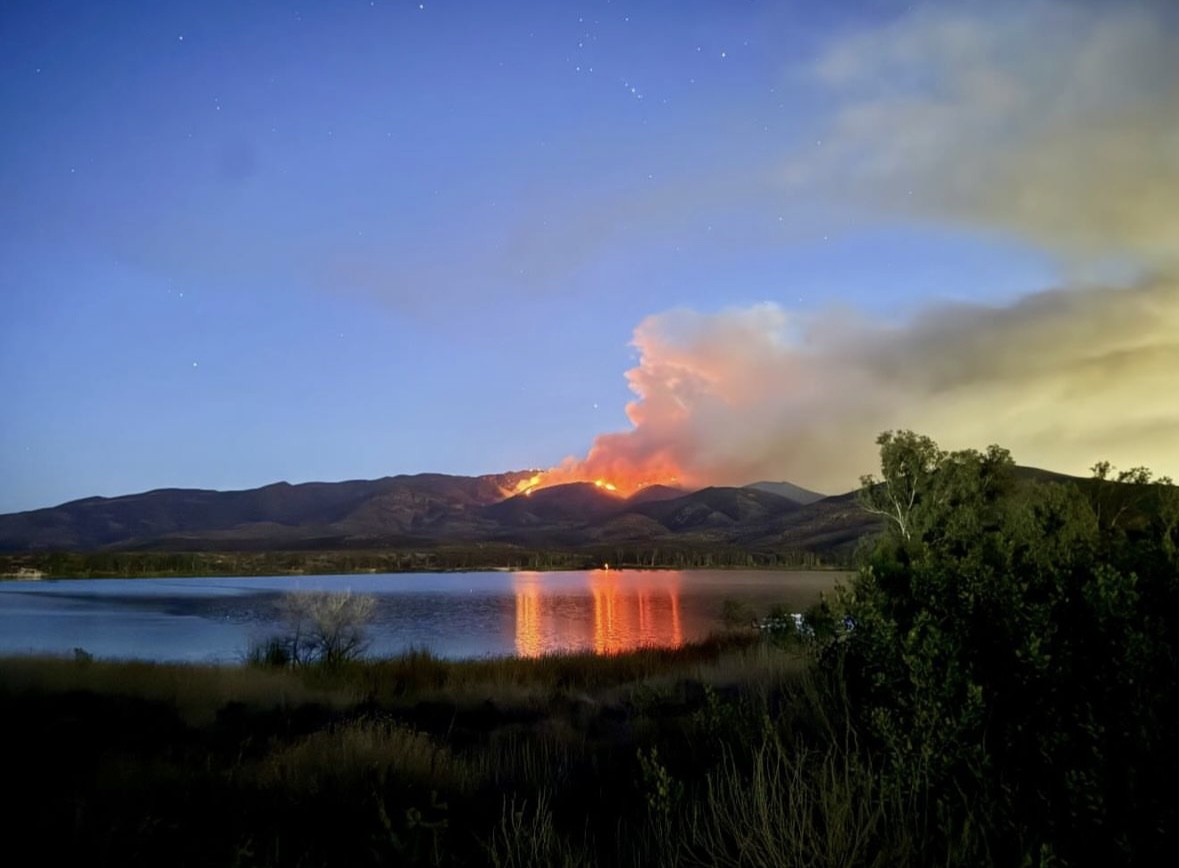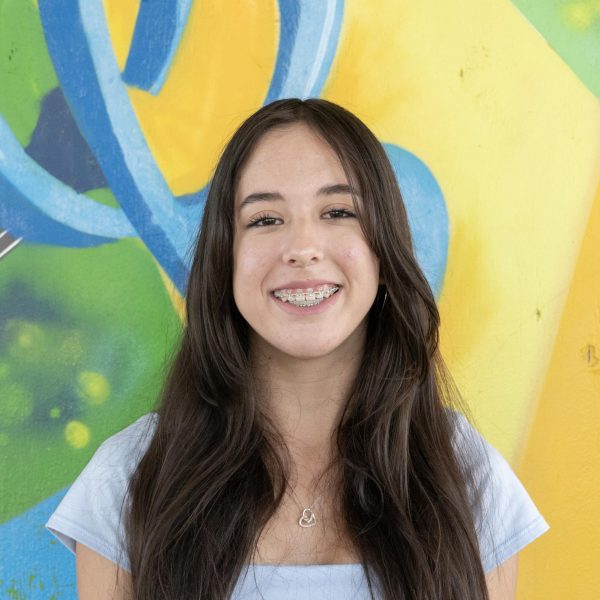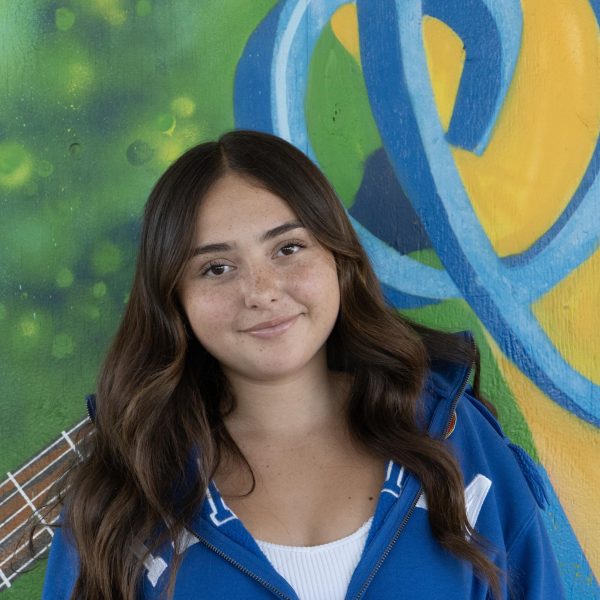On Oct. 16, Bonita Vista High’s (BVH) Key Club hosted a blood drive in partnership with the Red Cross–a non-profit humanitarian organization. The event, which was open to students and adults, took place at the school’s parking lot inside the Red Cross bloodmobile, a large van that serves as the Red Cross’s mobile blood donation center, from 8 a.m. to 2:30 p.m.. Key Club service project coordinator and senior Eliza Noblejas shares that giving students opportunities to help the community, such as the blood drive, is a part of the club’s mission.
“One of [Key Club’s] main objectives is to help out with the community. And so giving back to the community by donating blood was one of the many goals that we had in mind,” Noblejas said.
Key Club president and senior Isaiah Nafarrete elaborates on how the blood drive allows students to make a positive impact on their community. According to Nafarrete, the blood drive offers a unique opportunity for community service because of its accessibility to students.
“It gives students an opportunity to involve themselves with the community and make a change for people who are less fortunate. It’s cool that students are willing to help other people, but they often never really have the resources available,” Nafarrete said. “Bringing the Red Cross to do a blood drive here at Bonita allows students to get involved without putting too much pressure on them.”
While coordinating the event, one of the biggest challenges was meeting the minimum number of sign-ups needed to hold the blood drive. According to Nafarrete, the blood drive’s goal was to collect at least 18 units of blood. Noblejas explains the importance of achieving this quota.
“Meeting that goal is really important because there needs to be enough donors so that the blood drive is actually impactful and we’re not just wasting the time of [the Red Cross] when they could be getting blood somewhere else,” Noblejas said.
With this quota in mind, Key Club took steps prior to the event to attract sign-ups. On Oct. 10, Key Club posted a flier advertising the event to their Instagram page. The flier highlighted the incentives offered to students who donate, including community service hours, a t-shirt, and a $15 Amazon gift card for each donor. Nafarrete explains the most consistent obstacle he has faced when encouraging students to donate.
“One of the more prominent things I noticed when I’ve asked people to donate, is that people are afraid of needles. A lot of people get uneasy around needles or blood in general,” Nafarrete said. “I completely understand, but that’s definitely a challenge when we’re trying to get people to sign up. It’s also why the Red Cross offers things like the Amazon gift card to get people more willing to donate.”
While some students may be willing to donate, many are ineligible. Before students can sign up, they must meet the Red Cross eligibility requirements. This includes factors many students may be unable to control, such as weighing at least 110 pounds and having healthy iron levels. While this may invalidate a student’s eligibility, the Red Cross mobile technician and phlebotomist Cedrick Bryant shares how crucial it is to follow these requirements to protect students’ health.
“Typical experiences that we find with students are that a lot of them are underweight. Kids want to come and get out of class and have fun and we do encourage fun, but we encourage safety the most,” Bryant said. “If you aren’t eligible and give blood, you might faint, be dizzy or too weak to finish your day. And that’s the last thing we want. We prioritize safety.”
Although students may be ineligible to donate, Bryant acknowledges the other ways students can contribute to the blood drive’s mission to give back to the community. He explains that supporting the Red Cross’s mission to save lives does not require donating blood.
“Word of mouth is always powerful. Let people know they can go on the website and book an appointment.We have volunteer services so you can come help us at any one of our drives. Everything that you do is a contribution towards helping save lives,” Bryant said.
Despite the obstacles Key Club faced while coordinating the event, the blood drive met its goal of collecting at least 18 units of blood. Bryant explains the significance of these donations as after the drive they will be supplied to hospitals. He describes the process donations go through to eventually be distributed to hospitals for patients in need of blood.
“What immediately happens is we put the blood in ice, then we take it back to our center in Clermont. We have drivers every day pick up the blood to disperse it to hospitals,” Bryant said. “Our blood can go anywhere in the Southern California region, from Los Angeles to Santa Barbara to right here in San Diego.”
Furthermore, he shares why this process makes donating blood so crucial. According to Bryant, the blood collected through the drive has the potential to save many lives which is why he encourages others to donate.
“Every day someone needs a blood transfusion. For each unit we collect we can save one to three lives,” Bryant said. “We never understand how important it is to give blood until we need blood. For me, life is all about love and sacrifice. We’re put on this earth to help one another and one of the best ways we can help one another is to donate.”

